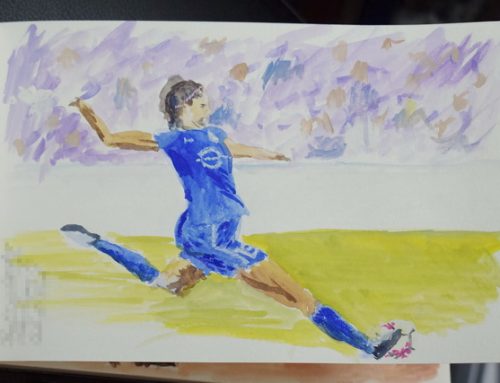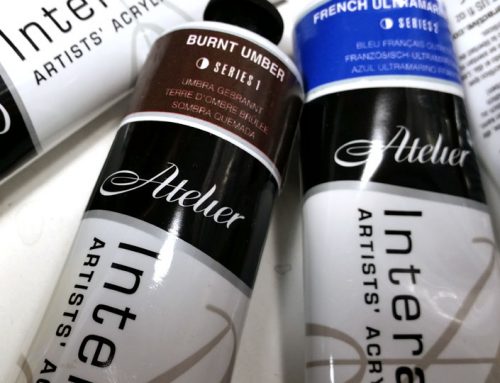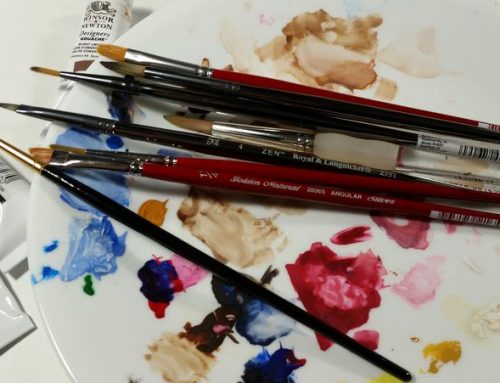 Value, hue, shade, shape, patience, practice, persistence, and knowing how to play with your medium(s). That’s the craft. The art is the ability of the perpetrator to express and interpret their “vision” into something others can perceive and (ideally) appreciate.
Value, hue, shade, shape, patience, practice, persistence, and knowing how to play with your medium(s). That’s the craft. The art is the ability of the perpetrator to express and interpret their “vision” into something others can perceive and (ideally) appreciate.
That said, without the craft you are unlikely to get to the art. Art is more than an aesthetic. Art requires active intent and execution. A cloud-dappled sky with crepuscular rays shooting out can be awe-inspiringly beautiful. It is, however, a product of natural spontaneity, not artistic intent — at least on a human scale.
The idea of found art moves one step away from this. Here, an artist finds some design or artifact and deems it to be art. Is it thus art, even if the artist did nothing else but discover and display/call attention to it? No. Again, the intent and execution is lacking. It may be nice to look at, it might be clever social commentary, but it doesn’t really rise up beyond that. Confusingly, if an artist creates exactly the piece from their own industriousness and talent, then it would be art — because of the directed intent.
One step more into the confusion is realism, or more specifically, “hyper-realism” — a rendering so accurate that it’s all but indistinguishable from a photograph at reasonable viewing distances. This may be the perfect tipping point wherein art meets craft. Some argue that it’s little more than copying and thus falls into the realm of practiced craft/illustration rather than art. Others counter that the mastery of execution combined with having to go through the human filter makes it art more than a mere print. This is, I think, for the viewer to decide.
And then there is abstract art. I’ve marveled at watching pieces being developed and can attest to the virtuosity necessary to create a good abstract work of art. On the other hand, I think we’ve all seen pieces that are cynical cleverness masquerading as art (the apocryphal “Black Bat Flying in a Moon-less Night Sky”). Abstract doesn’t mean lazy art. Intent and execution matter more in this arena, perhaps, than in many others. Again, aesthetic considerations alone don’t mean it’s art — but that doesn’t take away the pleasure a viewer may have. Happy accidents are useful aspects of art creation, but serendipity alone doesn’t make a piece of art.
There’s a persistent question on the difference between illustration and art. It’s a slippery distinction sometimes. For me, the delimiter is how much of it is practiced craft with little additional creative input from the artist. For example, no matter how talented da Vinci was, what if after he painted the “Mona Lisa” he then just painted only that for the rest of his life? The first would unmistakably still be a masterful piece of art — the rest, increasingly, little more than illustrations even if flawlessly executed. Art requires an element of risk, the possibility of failure by the artist to achieve their goal. The lower the risk, the more likely it is to be illustration rather than art.
Amazingly, despite all of the above, I still go by the old adage, “I may not know art, but I know what I like.” I have many pieces that I’ve bought or been given over the years — some obviously fine art, some illustrations, some happy accidents. I like them because I like them. They feed my soul. That is enough.





